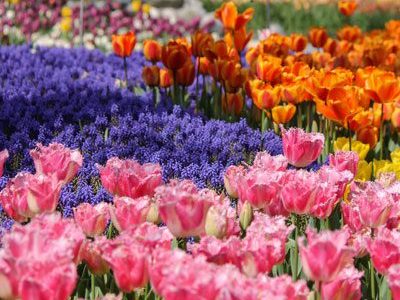About Freesia
Originating from South Africa, freesia delights with its upward-facing blooms in vibrant hues, infusing the late spring to early summer air with a citrusy fragrance. Each freesia stem bears five to 10 tubular flowers, all positioned on one side of the stem. With stems bending at right angles just beneath the lowest flower, the blossoms face skyward, drawing in pollinators. This distinctive feature renders freesia an excellent choice in gardens, containers, and in cut flower arrangements.
When to Plant Freesia Bulbs
When cultivating freesias indoors, plant the bulbs (corms) in autumn for late winter blooms. For early summer flowering indoors, sow from January to March under cover. They can be started in March or April if planted indoors or in a greenhouse. If growing outdoors, opt for planting between April and June after the threat of frost has passed.
Where to Plant Freesia Bulbs
Outdoors, you can cultivate freesias either in pots or directly in the ground, provided the soil is well-drained. Freesia flourishes in arid, warm conditions within these garden settings, provided it receives the cool nights necessary for robust flowering. Raised beds present an ideal option for growing freesias, as they typically offer superior drainage, allowing you to fully appreciate their delicate, exotic appearance and fragrance compared to ground-level cultivation.
How to Plant Freesia Bulbs
Prepare your planting area by loosening your soil to a depth of eight inches. Plant freesia bulbs in groups—two inches deep, and with two inches of spacing. They should be planted with the corms pointed end up. While not a requirement, some gardeners find it beneficial to soak freesia bulbs for about half an hour before planting.
How to Care for Freesia
After planting, water them only sparingly; overwatering can lead to rotting. Once they start sprouting, water moderately in the absence of rain to keep the soil lightly moist. Once the summer heat sets in, freesia will go dormant and should not be watered any longer.
Freesia will need some sort of support, like a bamboo stick or something similar, in order to stay upright, whether planted directly in the soil or in pots. Cut off faded flowers at the base of the stem, but leave green foliage in place to extend the life of your freesia. It’s essential to allow the narrow, blade-like leaves to fully yellow, wilt, and shrivel before removing them. This stage is when the plant develops new bulblets.
Freesia are not winter-hardy and won’t survive frosts.

